Fast pace, fast technologies, fast foods.
Five out of ten Filipinos are eating in quick-service restaurants. With so many eateries offering a wide variety of fast foods and drinks in any street corner, the time has come to ask: How safe is the food Filipinos on the go are eating and drinking?
Hand in hand with the boom and growing importance of the food and beverage industry, 47% share of the country’s business and a hefty 37% contribution in employment, is a worrisome increase in food-related and environmental issues, according to authorities at the Department of ourism (DOT).
Among these food and environmental security concerns are related to the nutrition content of street foods and drinks, food handling and safety practices, waste management, and resource use, including water and energy. Most worrisome to health and tourism officials is the increasing cases of food-borne communicable and non-communicable diseases such as food poisoning. In terms of environment protection, the food industry is contributing significantly to the Biological Oxygen Demand (BOD) load and waste packaging materials.
Public awareness of the need for supporting best food manufacturing and food preparation practices has become, therefore, a matter of urgent concern. In line with its campaign to promote green tourism, the DOT is pushing vigorously for the green labeling of food suppliers in the food and beverage industry.
The DOT is actively working with the National Eco-Labelling Program (NELP) which provides the ISO-certified Green Choice-Philippines label to safeguard public health and well being in the operation of the country’s restaurants and convenience stores.
The NELP under the Green Choice Philippines banner organized the Kalikasan GP3 Expo and Conference on July 23 – 25, 2015 at the SMX Convention Taguig, SM Aura Bonifacio Global City where food security in the burgeoning food and beverage sector in the country was a major point of discussion by tourism, health, and environment experts. S.A. Mable


